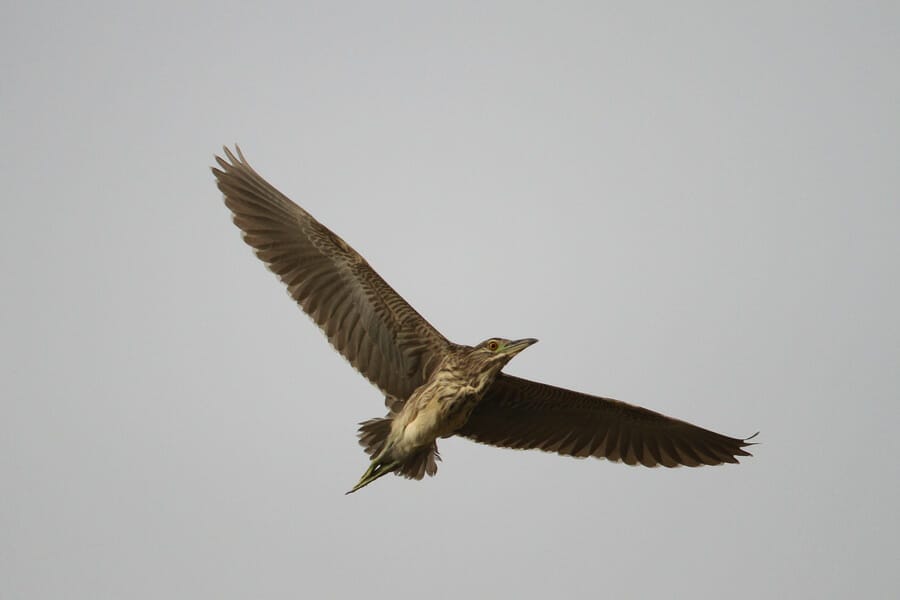10/10/2012 at Al Abraq Al Khabari
I arrived to Al Abraq at 6.30 when light wasn’t good. Very soon I noticed an interesting Accipiter-species that turned out to be Levant Sparrowhawk. Half an hour later arrived Khalid Al Ghanim whom I, of course, informed about Levant Sparrowhawk. We couldn’t find it in next two hours. Then all of sudden we spotted sparrowhawk that looked good for Levant. Khalid managed to get a good flight shot and it was easy to tell that the bird is juvenile Levant Sparrowhawk. I naturally thought that this is the same bird that I saw earlier in the morning. In the evening, after checking my pictures, I realized that in fact I had photographed an adult Levant Sparrowhawk. So we had on that day two Levant Sparrowhawks in Al Abraq. Bearing in mind that I have seen only once before this species in Kuwait between November 2004 and the end of August 2012. Now within less than two weeks in October 2012 I have seen 3 more birds. This juvenile bird was the first for Khalid. This is birdwatching I guess. My picture is just a record shot since light wasn’t favorable in early morning. It is probably the only photograph of an adult bird so far. We had many Eurasian Sparrowhawks , two juvenile Night Herons and two Squacco Herons around. Female Menetries’s warbler showed up too but no chance to photograph her.
Adult (female?) Levant Sparrowhawk (Accipiter brevipes) Note dark iris.

Juvenile Levant Sparrowhawk. Photo by Khalid Al Ghanim. Note dark iris and central stripe , 5 bands on tail as well as pointed wings.

Juvenile Eurasian Sparrowhawk (Accipiter nisus) Note the difference in number of primaries and the shape of the wing tip. Main feature to distinguish between Eurrasian Sparrowhawk and Levant Sparrowhawk and Shikra is to notice the barring of undertail and the color of iris. Eurasian Sparrowhawk has usually three bands and two others have typically 5 see attached photographs. I’m naturally speaking about visible bands not absolute number of them. This is what even the best field guides fail to explain. Field guides are supposed to tell what we can see in the field not in the hand or in the museum.. Therefore the ID of Shikra and Levant Sparrowhawk is straightforward. More than 4 visible under tail bands means that we are dealing either with Shikra or Levant Sparrowhawk. You don’t need to count them since three or five is immediately obvious. By checking of the wing tips we can easily tell whether the bird is Shikra or Levant Sparrowhawk. Levant has very pointed wing tips while Shikra has rounded ones. This information is not given in the field guides. Of course, there are are other ID features too, but what I’m expressing are the most important.

